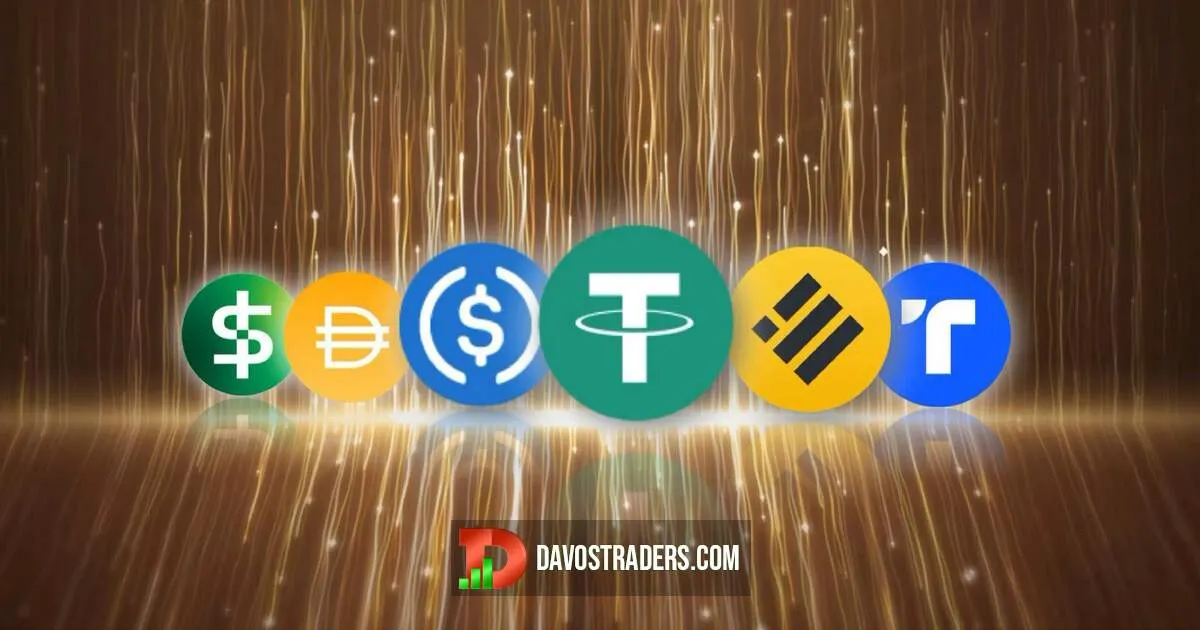Stablecoins Made Simple: Comparing USDT, USDC, DAI and More

Stablecoins have become one of the most important tools in the crypto space, offering a way to escape volatility while staying on-chain.
Whether you’re a beginner just getting into crypto or an experienced trader, understanding stablecoins is essential for managing risk, protecting profits, and moving funds efficiently.
Here’s a simple breakdown of what they are and how the most popular ones compare.
💵 What Are Stablecoins and Why Do They Matter?
Stablecoins are cryptocurrencies designed to maintain a stable value — typically pegged to a fiat currency like the US dollar. Unlike Bitcoin or Ethereum, whose prices can fluctuate wildly, stablecoins offer price consistency, making them ideal for trading, payments, and DeFi applications.
They matter because they:
- Provide shelter during market dips
- Allow fast transfers without leaving the blockchain
- Enable yield generation in DeFi platforms
See also the article Understanding Stablecoins: Why USDT, USDC, and Others Matter in 2025
There are two main types: centralized (backed by fiat reserves) and decentralized (algorithmic or crypto-collateralized). Let’s explore the major players.
💰 USDT (Tether) – The Market Leader
USDT is the most widely used stablecoin by trading volume. Issued by Tether, it’s been around since 2014 and is supported on nearly every exchange and blockchain.
Pros:
- Extremely liquid
- Available almost everywhere
- Low transaction fees (on some chains like Tron)
Cons:
- Ongoing concerns about reserve transparency
- Less regulated than competitors
If you’re looking for the most commonly used stablecoin, USDT is hard to beat — but it may not be the most transparent option.
🏦 USDC – The Regulated Option
USDC is issued by Circle and is considered one of the most transparent and compliant stablecoins in the market. Its reserves are audited regularly, and it's backed 1:1 with cash and U.S. Treasuries.
Pros:
- Strong regulatory backing
- Highly transparent
- Preferred by institutional investors
Cons:
- Still centralized
- Slightly less trading volume than USDT
For those who prioritize compliance and trust, USDC is a solid choice — especially for long-term DeFi activity.
🧠 DAI – The Decentralized Stablecoin
DAI stands out because it's not issued by a company. It's generated through a decentralized system (MakerDAO) by locking up crypto assets like ETH or USDC as collateral.
Pros:
- Fully decentralized
- Transparent and censorship-resistant
- Ideal for DeFi users who value autonomy
Cons:
- Can lose its peg temporarily during market stress
- More complex to understand and use
DAI is great for crypto-native users who prefer decentralization over regulatory assurance.
📊 Other Notable Stablecoins (BUSD, TUSD, FRAX etc.)
- BUSD: Issued by Paxos and supported by Binance; highly regulated but facing phase-out.
- TUSD: Gained popularity recently but has faced scrutiny over its auditing practices.
- FRAX: A partially algorithmic stablecoin offering flexibility but with added risk.
While these options may not be as dominant as USDT or USDC, they serve niche purposes — and are worth watching if you’re active in DeFi.
🤔 Which Stablecoin Should You Use?
There’s no one-size-fits-all answer. It depends on your goals:
- For trading and quick swaps: USDT is the most accessible.
- For long-term holding and transparency: USDC is the safest bet.
- For DeFi and decentralization: DAI is your go-to.
- For experimentation or advanced DeFi strategies: FRAX or others may offer new possibilities.
Always consider liquidity, reputation, and risk exposure before choosing which stablecoin to use.
📝 Final Thoughts
Stablecoins are the quiet power behind crypto — providing the foundation for trading, saving, and transacting without dealing with constant volatility.
Whether you’re cashing out profits or looking for opportunities in DeFi, knowing your stablecoins is essential.
And if you're using stablecoins to protect capital before re-entering trades, don’t forget: our VIP crypto trading signals can help you know when and where to re-enter the market.
👉 Join us on Telegram @davostraders for smart, real-time trading insights.
